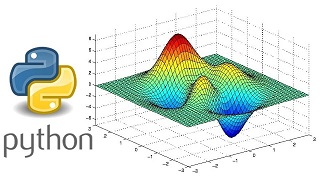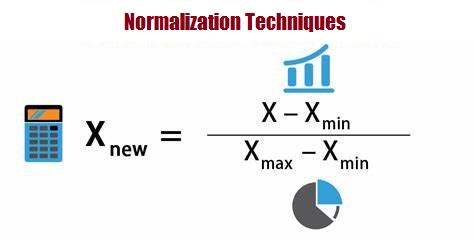Machine learning (ML) is the process of using an algorithm to learn from data and generalize it in order to make predictions about future data.
When fitting a machine learning algorithm, we minimize error, cost, or loss because of function optimization. A predictive modeling project includes optimization for machine learning during data prepping, hyperparameter tuning, and model selection.
What is Optimization for Machine Learning?
Optimization is one of the strongest factors when algorithms are concerned. With the help of the optimization takes care of the cost function by minimizing the price to a great extent. So choosing optimization algorithms in conjunction with machine learning has produced a great level of accuracy in production leveraging both time and money.
Various simples algorithms focus on minimizing the cost function by finding the parameters. For ML purposes, optimization algorithms are used to find the parameters.
Optimization with ML has brought some revolutionized changes in the algorithm approach, far better than the old approach with its varieties of formulations and new paradigms.
Optimization has given a detailed emphasis on certain topics from convex algorithms, complexity, and other optimization theory. In this era, various new expertise researchers are working on this algorithm function to optimize solutions with machine learning.
Optimization algorithms lie at the heart of machine learning and artificial intelligence.
The Benefit of Optimization
- Advanced techniques of ML help in guiding businesses to an optimal solution at a rapid pace confronting all the optimization problems and solving the same.
- All the engineering goods that are manufactured are made compact due to optimization solutions of various algorithms. We get benefitted from that.
- Machine learning is not a standalone technology, it not only consumes the optimization technology but also it produces new optimization ideas that created a lot of benefits for the end-users.
- Since the overall size, capacity, and pricing of the model is on an increase, the optimization techniques have provided unique and better quality optimized approaches to solve the problems.
- The heart of ML is optimization because the algorithms are involved to find the suitable parameters of the target models by employing the experiences.
- The optimization algorithms produce a set of organized inputs that produce data-driven predictions as an output rather than following a strict set of static algorithm instructions.
- With the optimization functionality of machine learning the overall estimation of computational load for a huge data set is solved and optimized.
Importance of Optimization
- The first importance of the algorithm is its better generalization that produces output or response in the same way to different situations or approaches.
- The optimization algorithms provide the best performance in terms of optimized output and quality products that effectively improve the overall efficiency of algorithms, the overall execution time, and also solving memory management issues to a greater extent.
- The optimization algorithm also produces the simplest approach to implement algorithm principles to optimize solutions and problems that were very difficult while using the traditional way of algorithm approach that consumes time and was also inefficient in solving problems.
- The optimization also helps in avoiding local minima and searching for a better approach and solution for providing optimized results and also helps in removing complexity and difficult approach of multidimensional space.
- The approach with an algorithm is also very robust and the stability of the approach of numerical solutions of various models is also optimized to produce the best quality result in overall performance.
What is Autooptimizer ?
AutoOptimizer package provides tools to automatically optimize ML model for a dataset with very little user intervention. It allow engineers to discover a good predictive model for their task quickly, with very little intervention other than providing a dataset. AutoOptimizer uses Exhaustive Search Mechanism with Hyperparameter Tuning for optimizing ML models. It also provides evaluation metrics for regression models and ability to delete outliers with several methods.
Exhaustive Search is the process of looking for the most optimal hyperparameters by checking whether each candidate is a good match. In machine learning, we do the same thing but the number of options is quite large and try out all the possible options.
Conclusion
The ability to apply function optimization allows us to go to a new level in various stages of machine learning. We may find better models by hyperparameter tuning. ML is doing a lot of optimization behind the scenes. When new algorithm invented or new technique proposed, it is inevitable to explain them in terms of optimization. Hence we also need to understand them from optimization perspectives.
After developing an appropriate model, the next step is to choose an optimization technique. we will pair models with efficient optimization algorithms, from stochastic gradient descent to cone programming.
Note, We will cover a breadth of tools, from linear to classification and stochastic/deterministic gradient descent, in the context of practical problems drawn from emerging applications in learning, computer vision, time series analysis, and imaging. With Coding and mathematical exercises we reinforce this package to standard software for optimization.
Recommended for you:
Machine Learning Optimization Techniques




MOST COMMENTED
Tutorial
Important Methods in Matplotlib
Machine Learning
Bias and Variance Tradeoff Machine Learning
Tutorial
Multiclass and Multilabel Classification
Machine Learning
Reinforcement Learning in Machine Learning
Deep Learning
Alexnet Architecture Code
Machine Learning
Machine Learning Models Explained